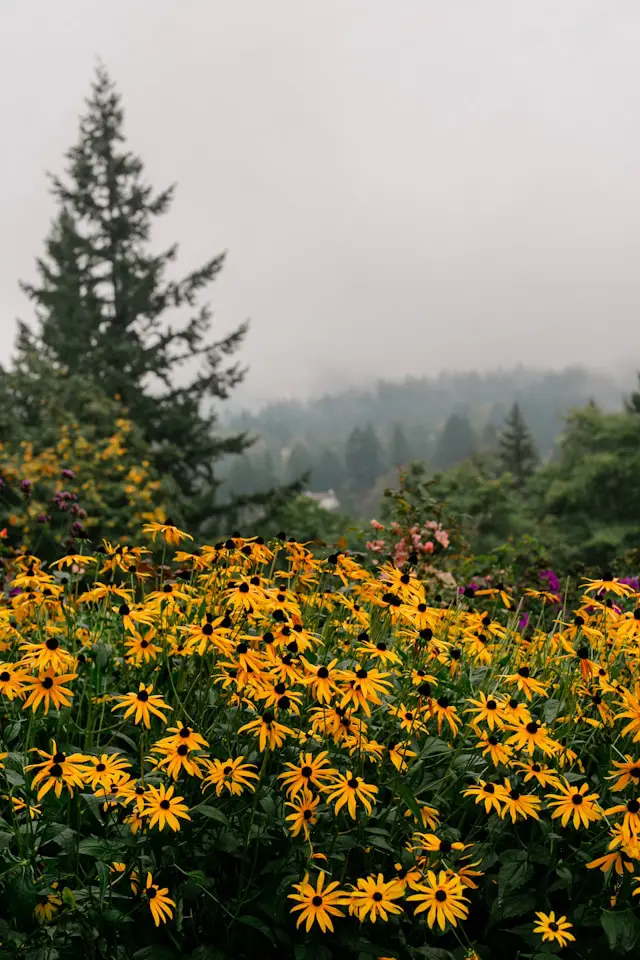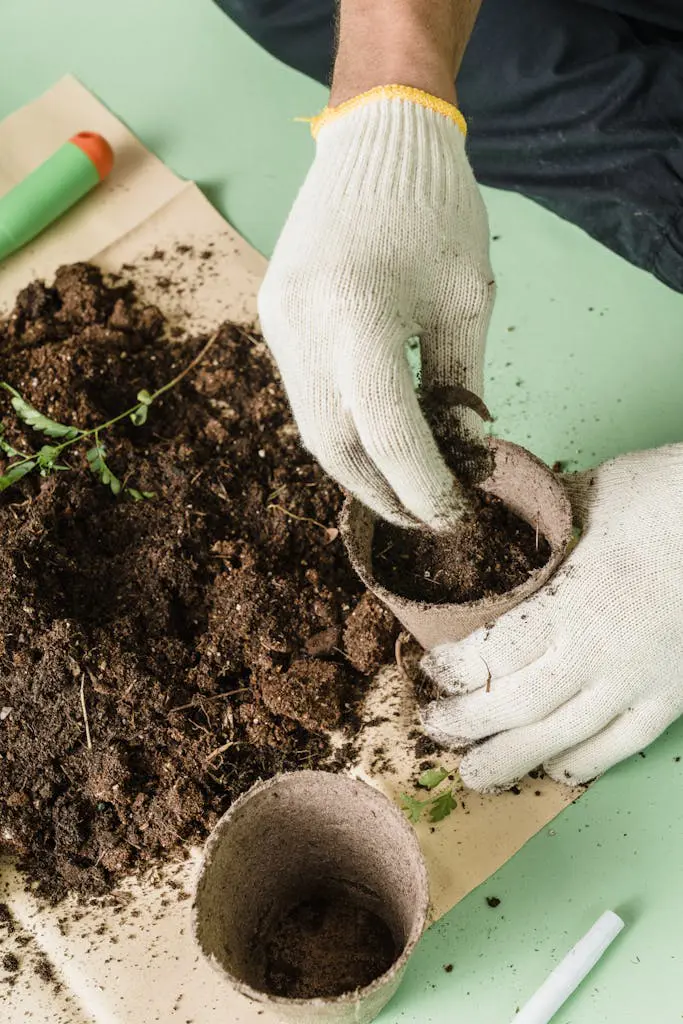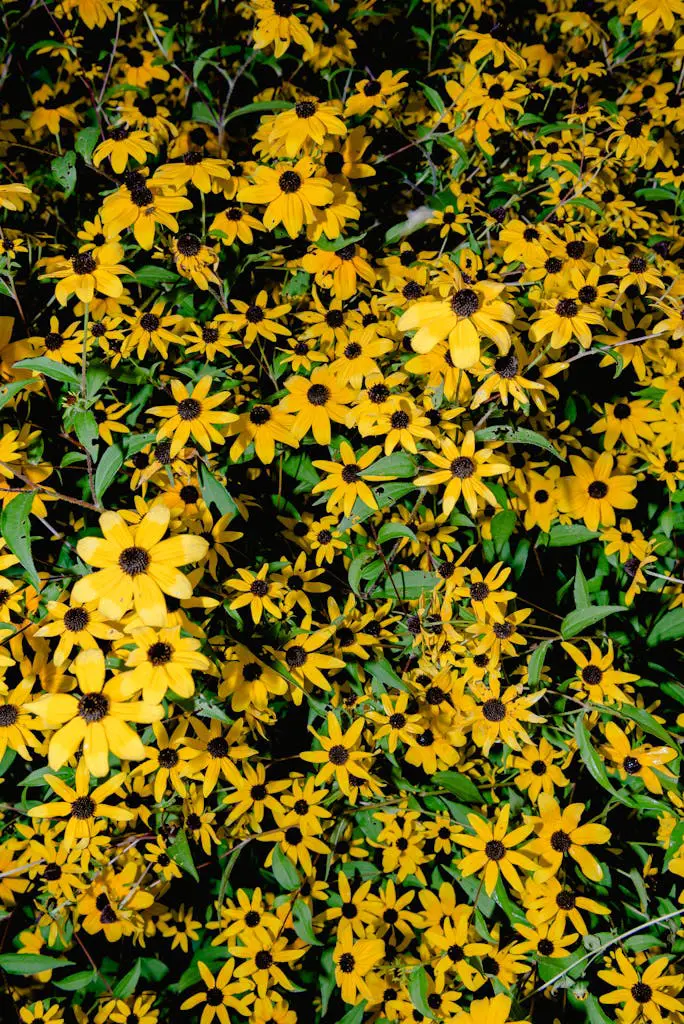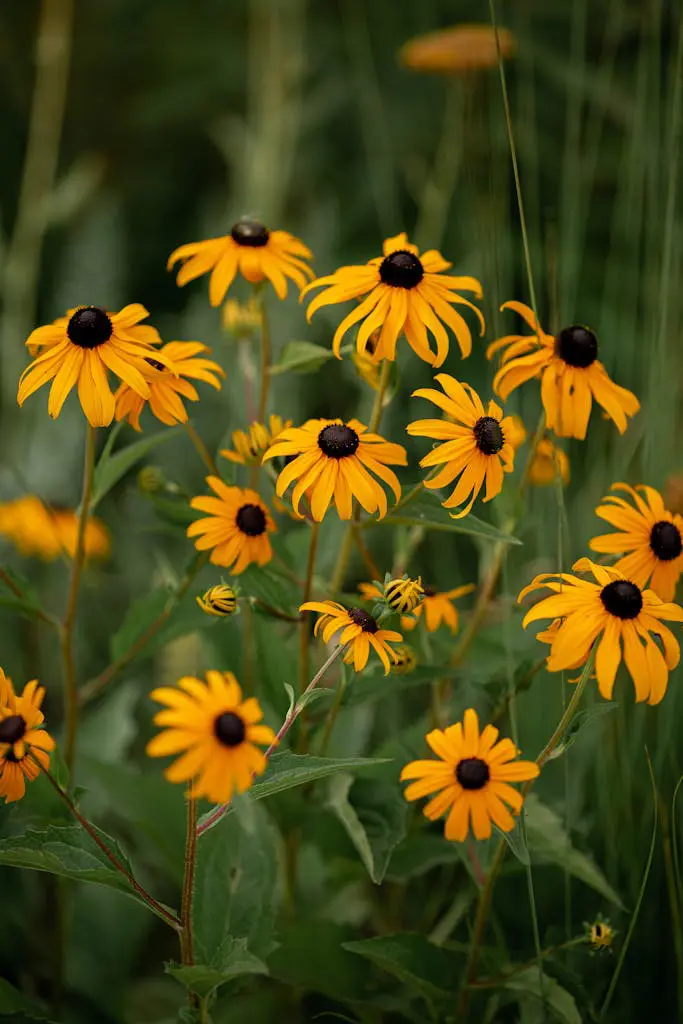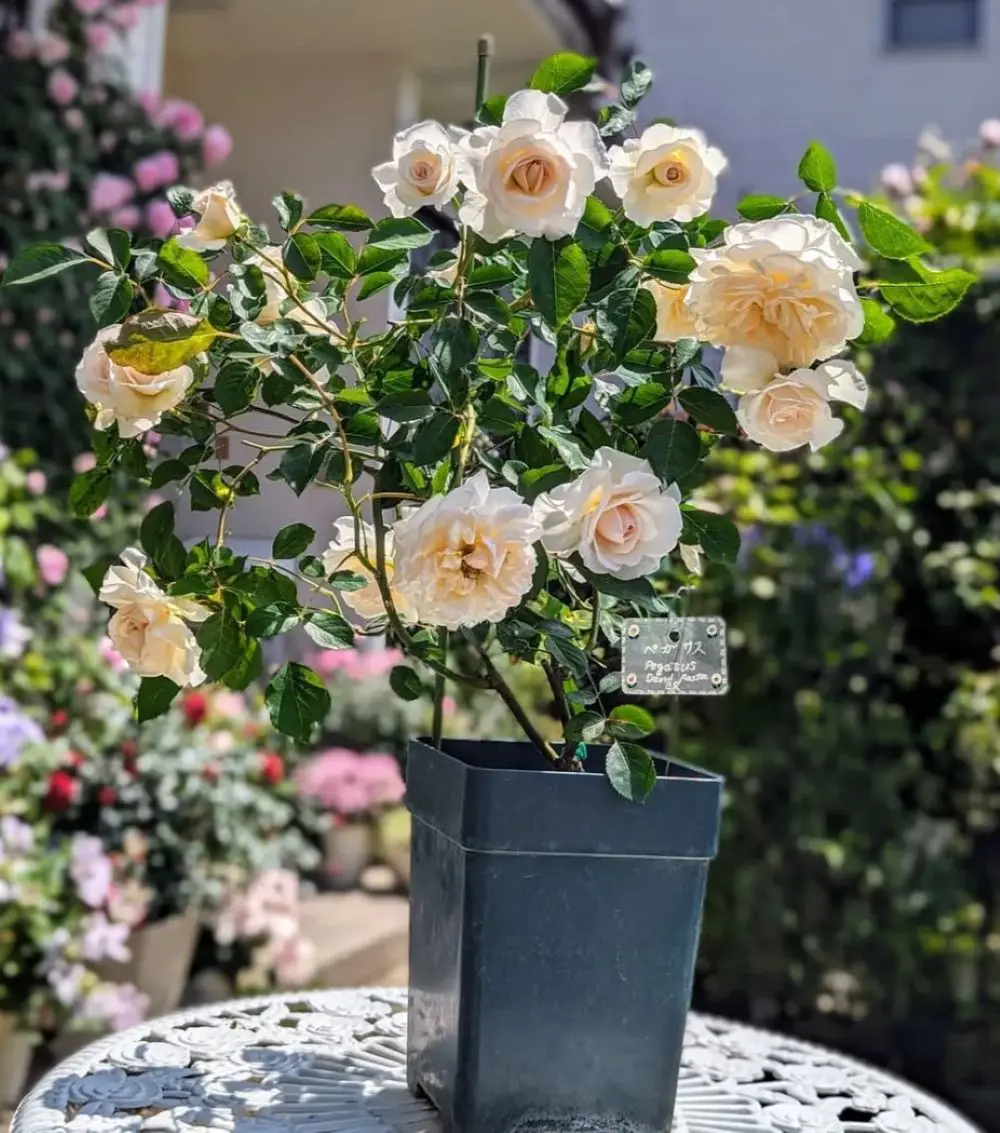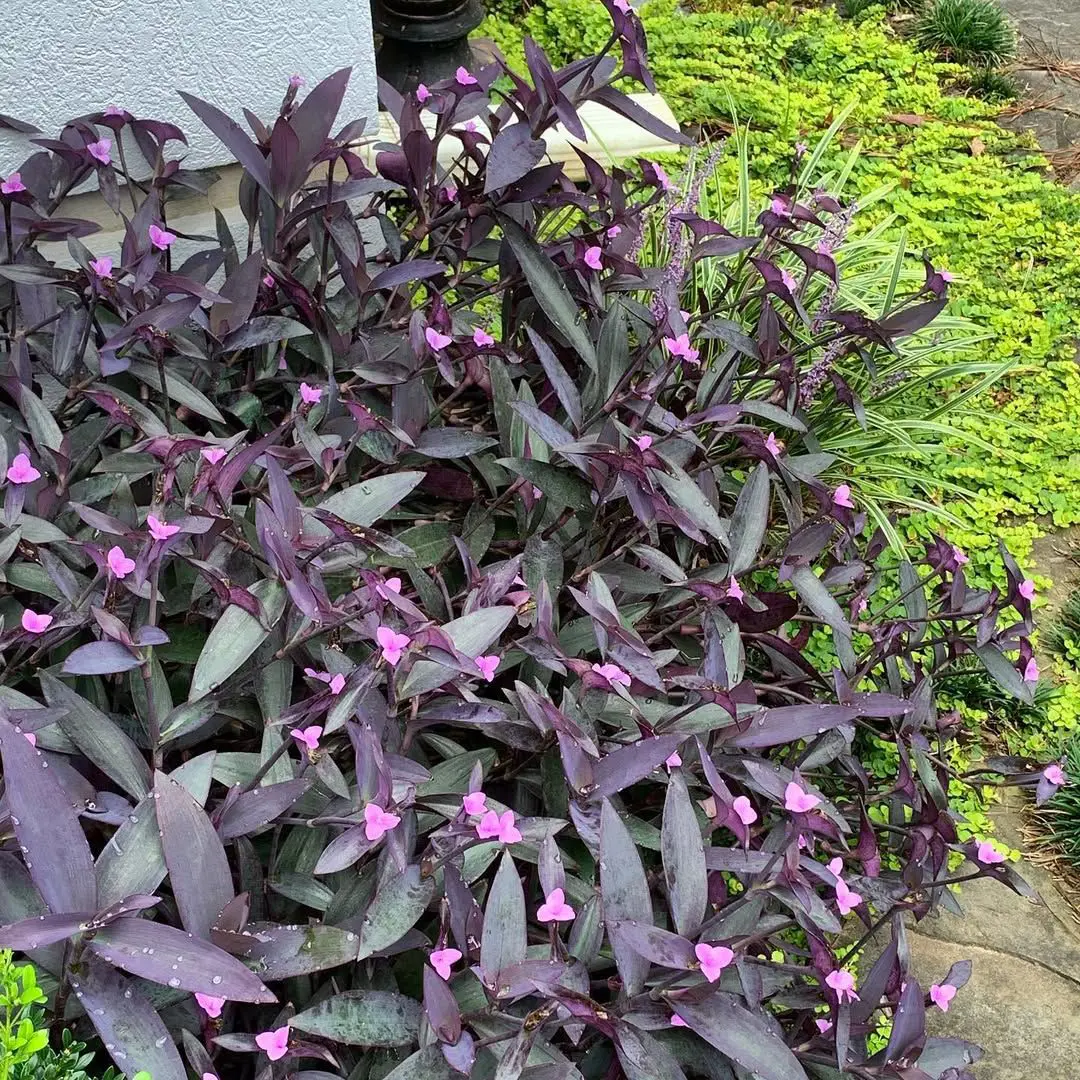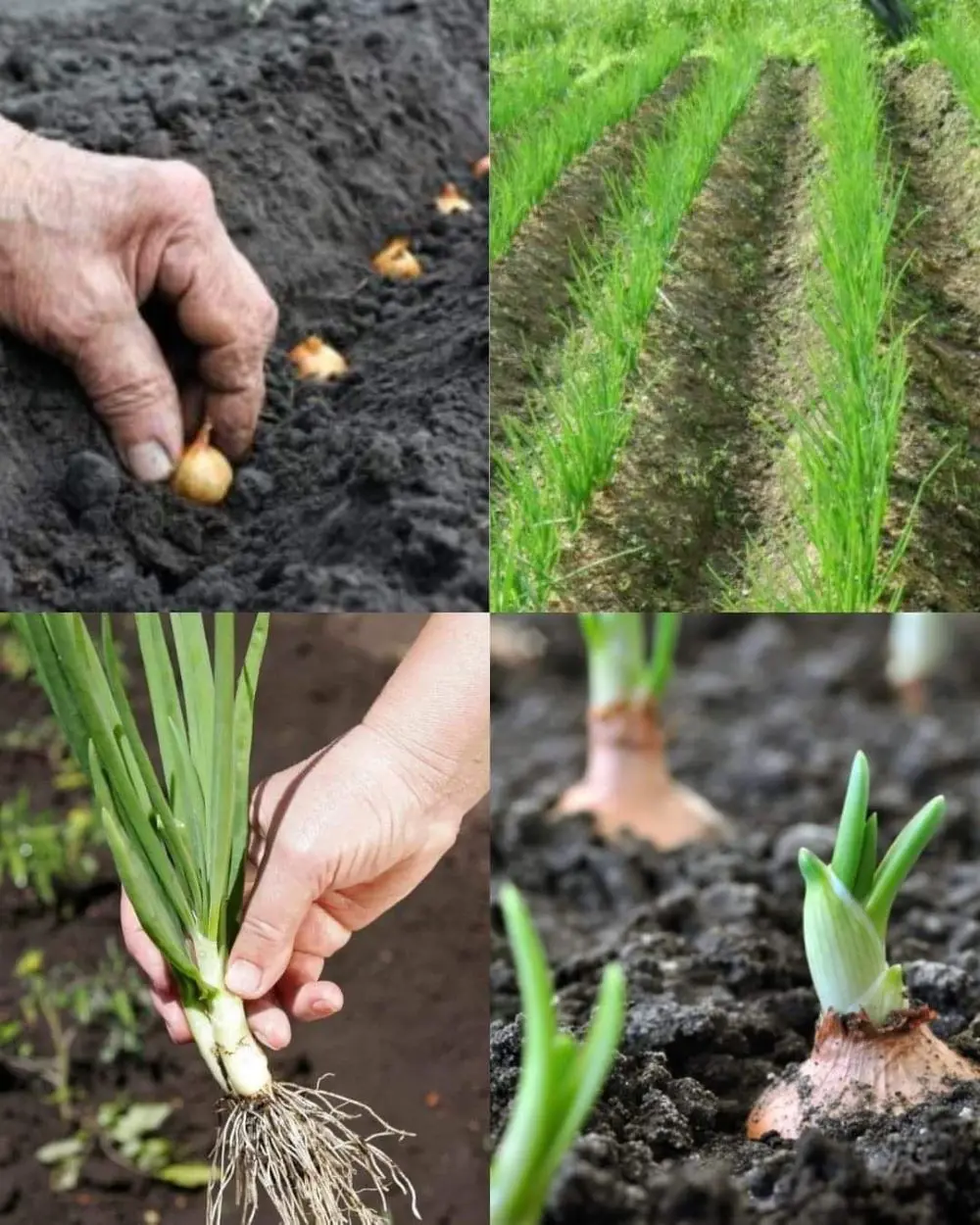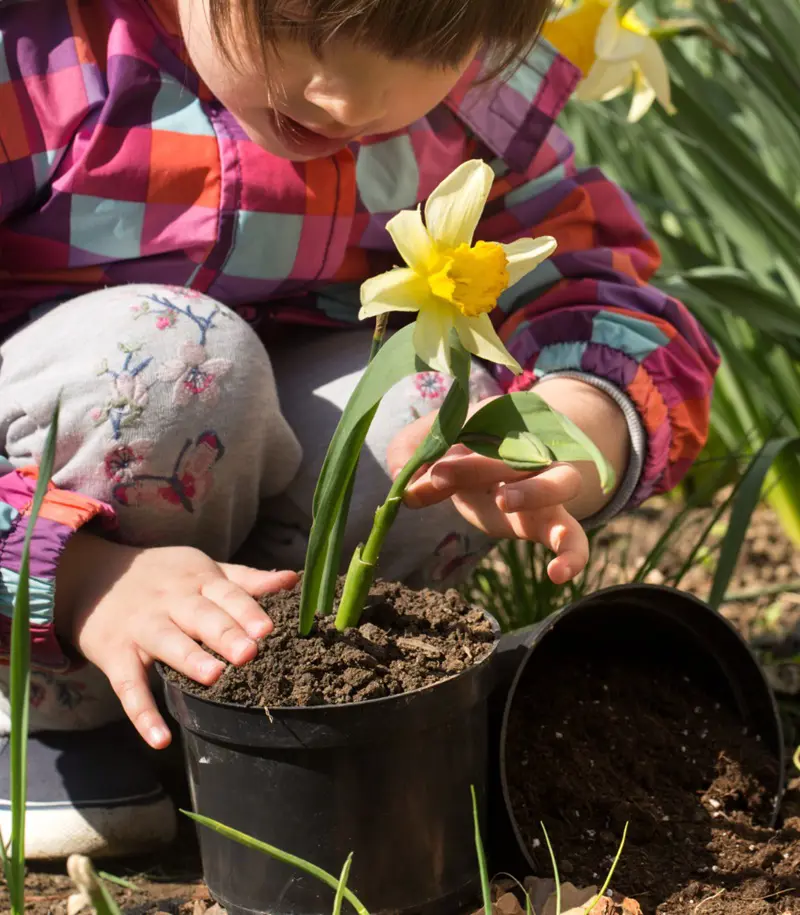What Are Black-eyed Susans?
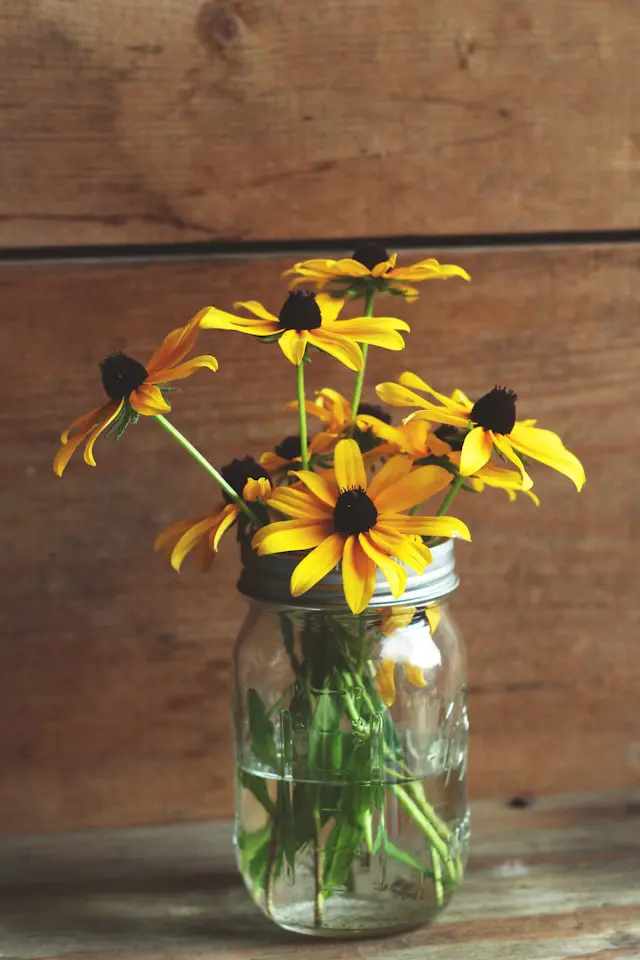
Black-eyed Susans are delightful flowering plants native to North America that can grow easily in gardens or meadows. They have cheerful daisy-like flowers with dark centers (the "black eyes") and brightly colored petals that radiate joy.
These plants typically grow 1 to 3 feet tall, sometimes even taller. Their leaves can reach 6 inches long, while the stalks can grow over 8 inches. The flowers themselves have a diameter of 2 to 3 inches.
Butterflies, bees, and other insects are attracted to the Black-eyed Susan flowers because of the sweet nectar inside. As the insects drink the nectar, they transfer pollen between plants, allowing the plants to produce seeds that can be carried away by the wind.
Black-eyed Susans come in many vibrant colors and sizes, so you can find options to fit any garden design. They are very versatile plants that can thrive in regular flower beds, raised beds, container gardens, or even butterfly gardens meant to attract pollinators.
